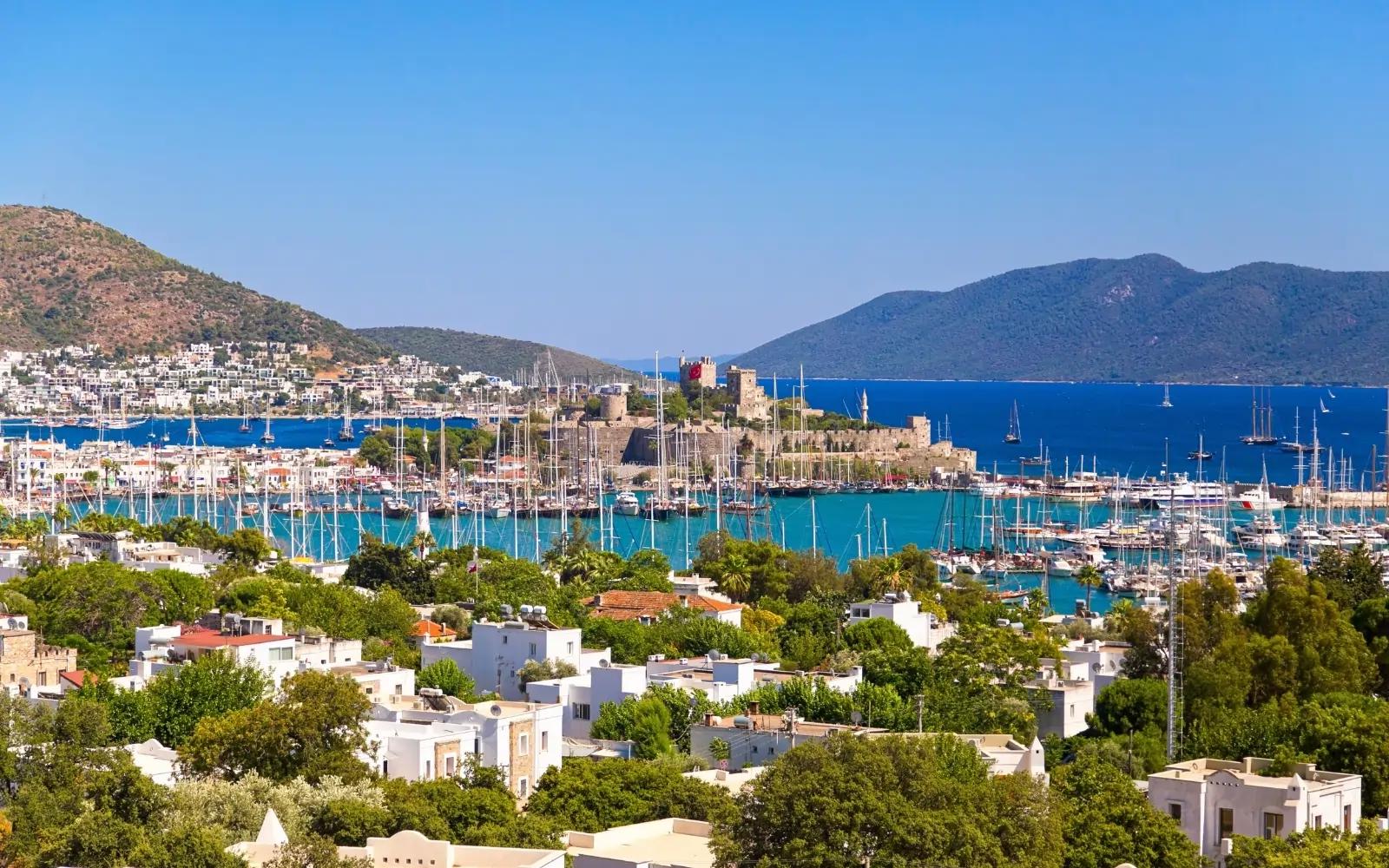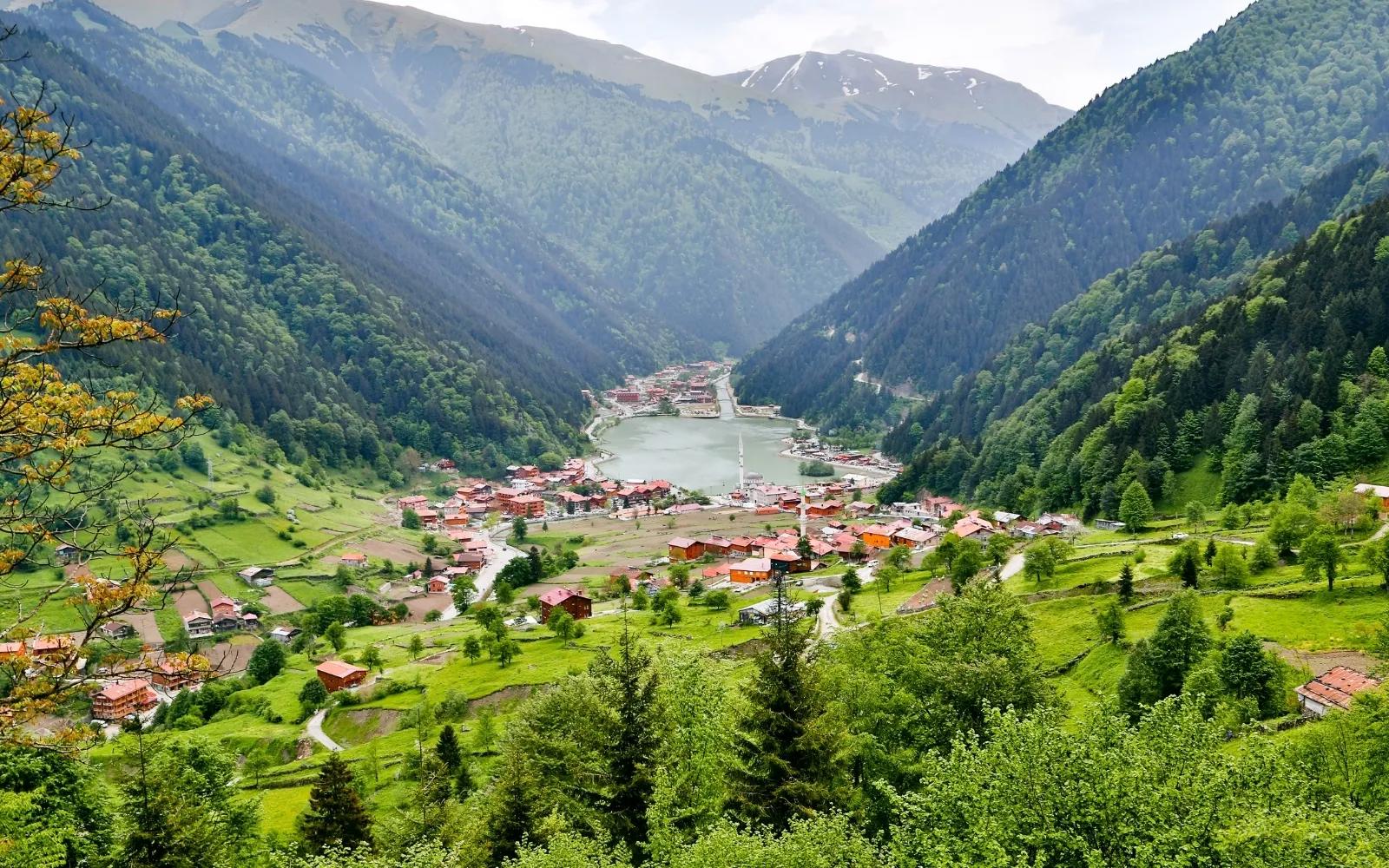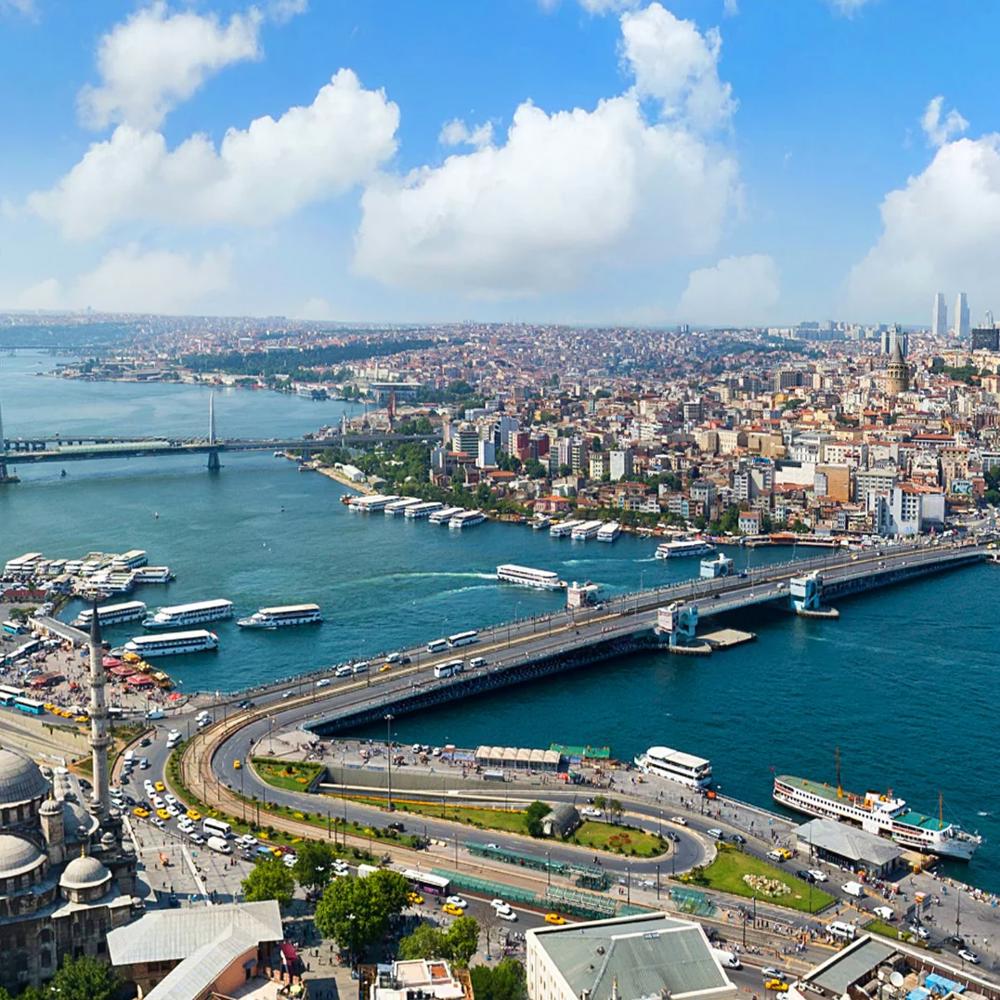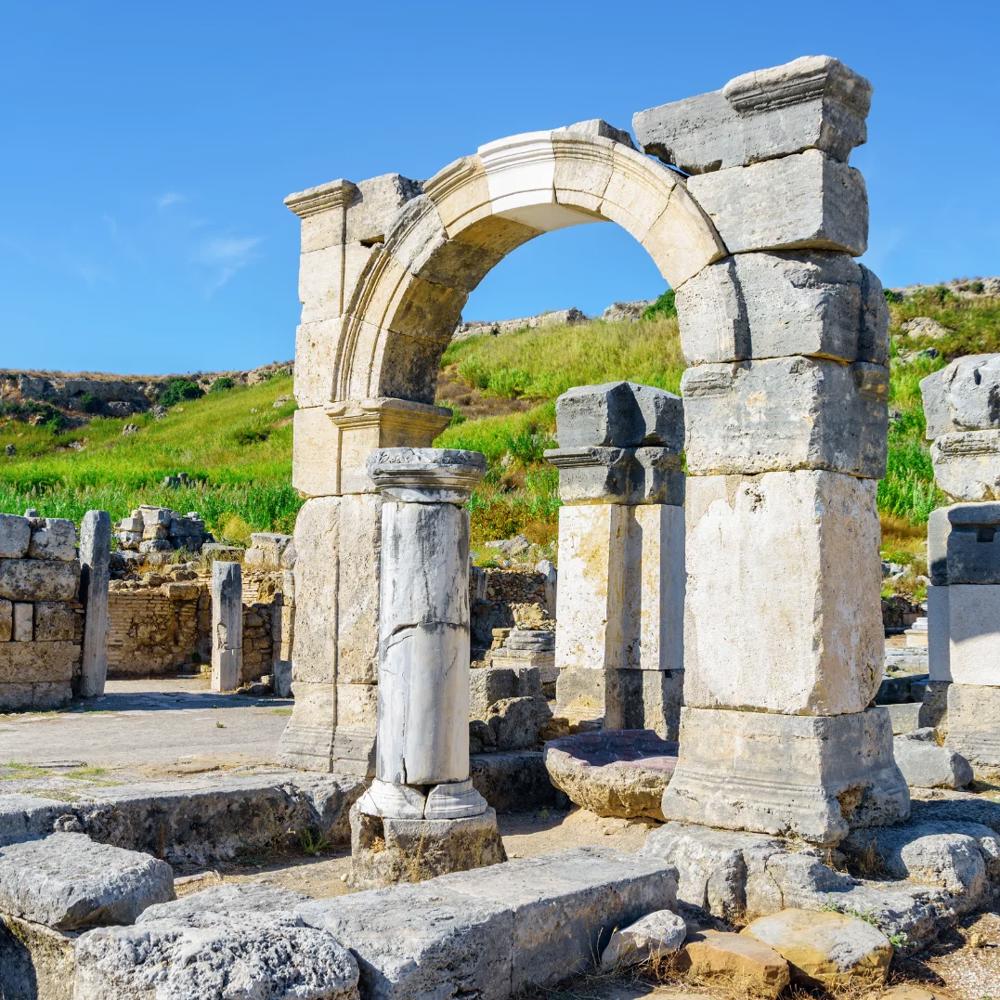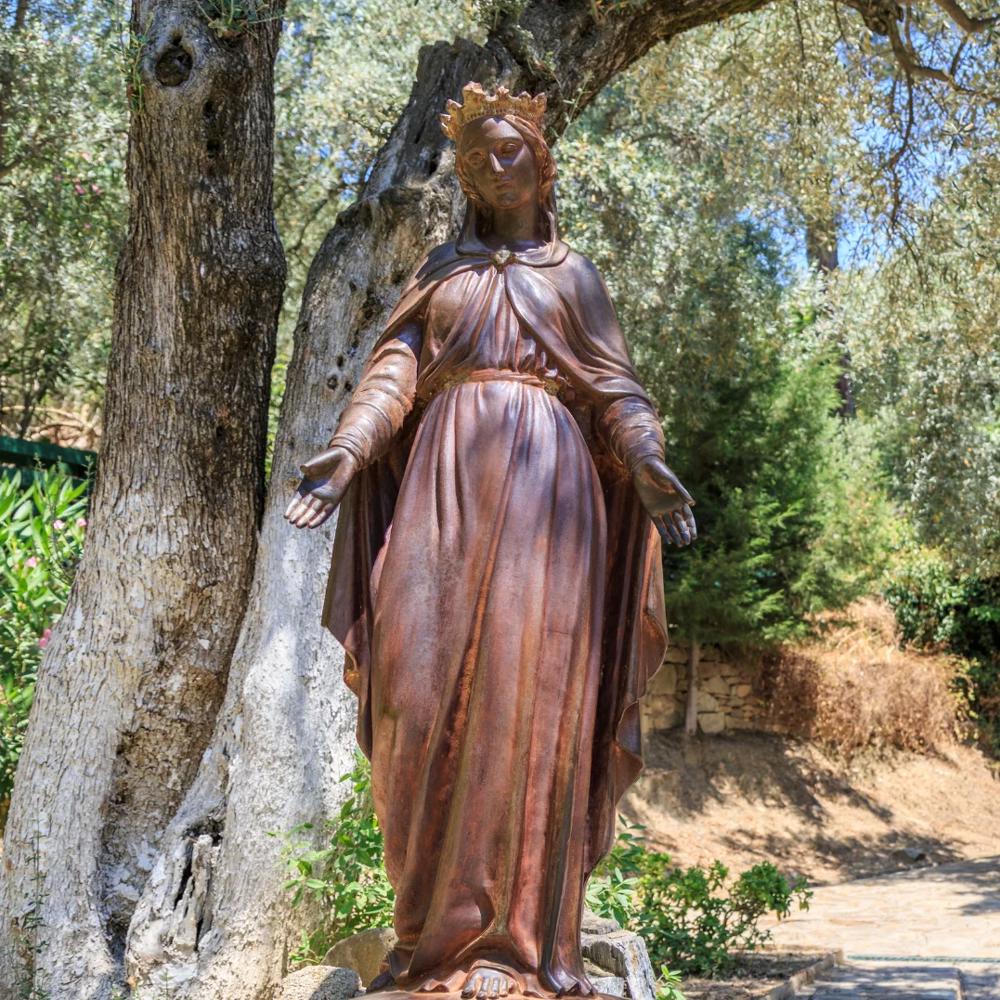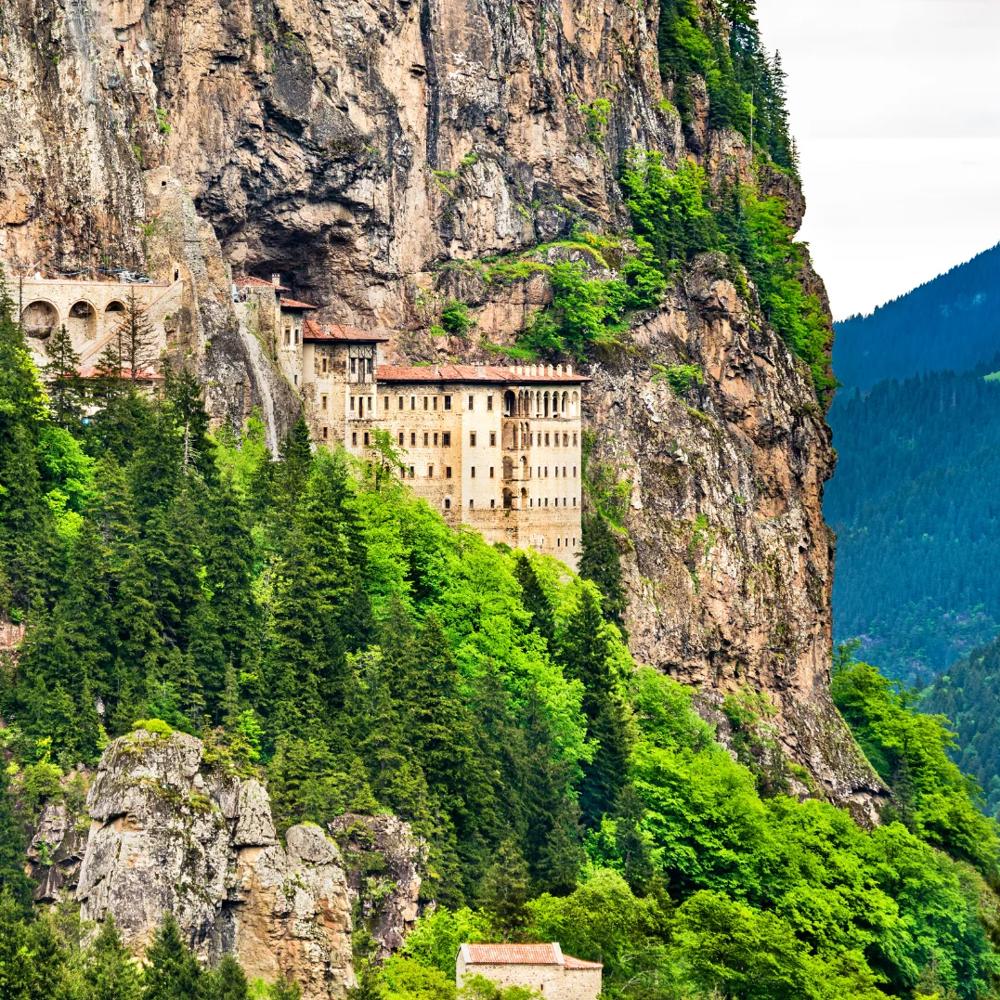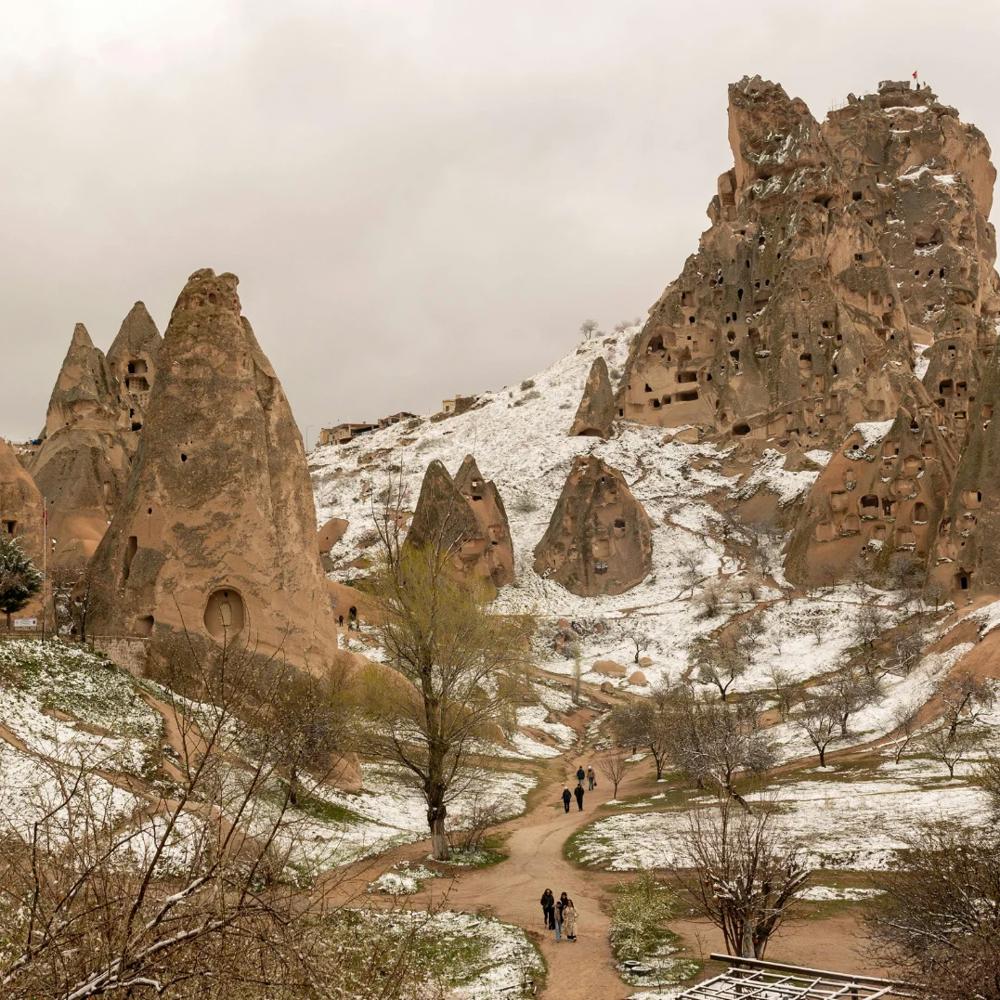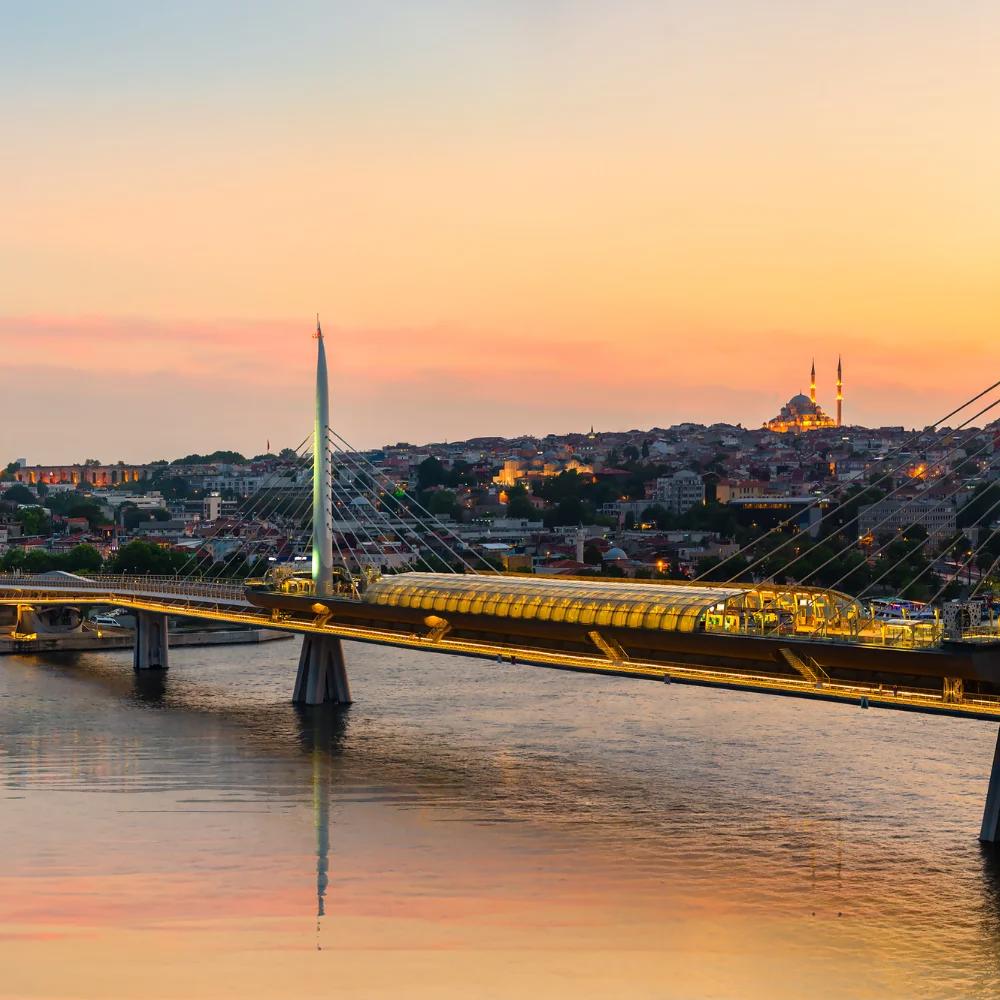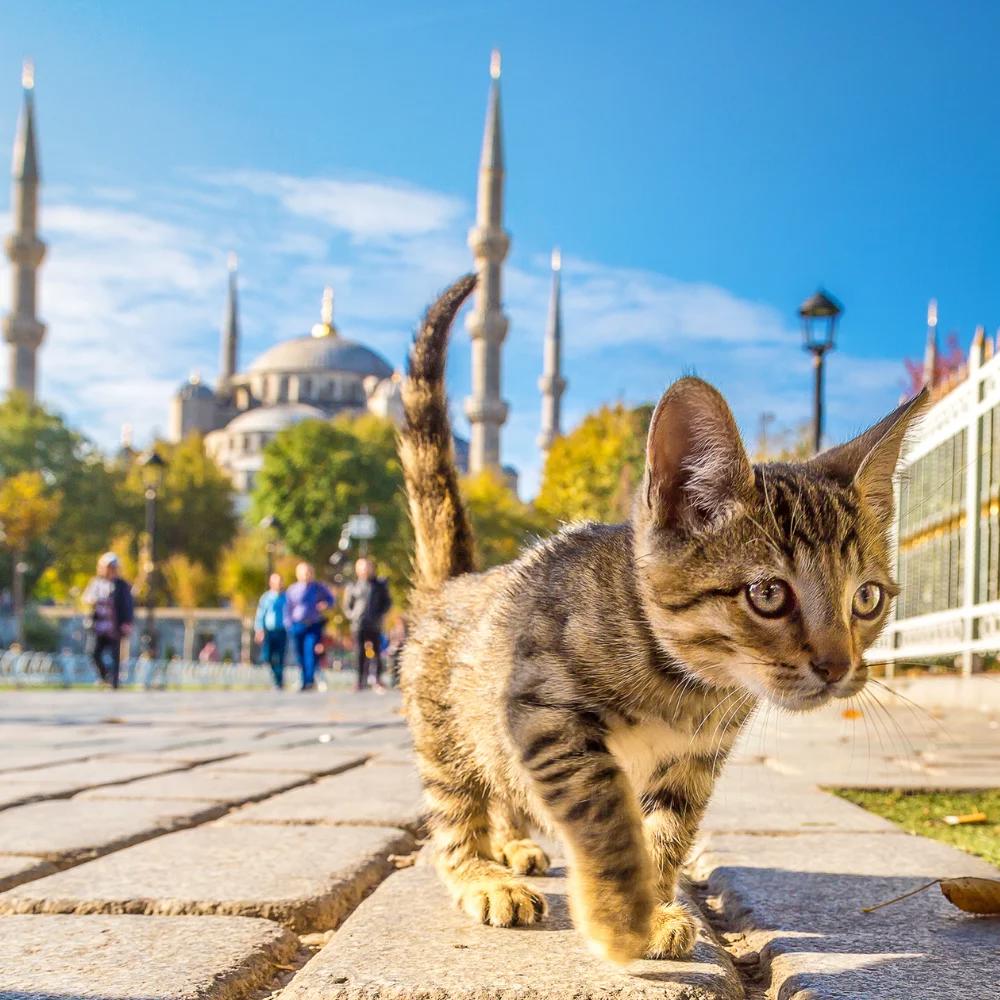Guided Istanbul Tours
Best Rate Guarantee
Get the lowest price for your experience.
No Booking Fee
Book directly with no hidden charges.
Secure Payment
Enjoy secure and protected payment options.
Refund Guarantee
Receive a full refund if your plans change.
#1 Travel Agency on Tripadvisor 








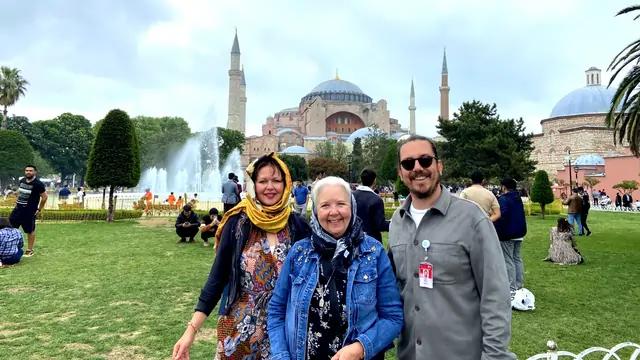








#1 Travel Agency on Tripadvisor






All Destinations
Istanbul
Istanbul, the city where timeless history meets vibrant modern life offers a unique harmony with its beauties!
Every corner has a story to tell, from elegant Bosphorus shore to Hagia Sophia, which is the heart of Old City.
Refund Guarantee
Receive a full refund if your plans change.

Total Booking

Rise and Shine: Hot Air Balloon Ride
A Hot Air Balloon ride in Cappadocia offers a core memory by letting you to watch the scenery of Cappadocia above skies, during the sunrise.
Cappadocia
Cappadocia is land of dreams, where history blends in with surreal landscapes.
You might discover this town below the earth with underground cities or above the sky with Hot Air Balloon flights. From famous Fairy Chimneys to Underground Cities, every corner has a story to tell.
Book your Cappadocia tour and let it whisper the magic to your ears!



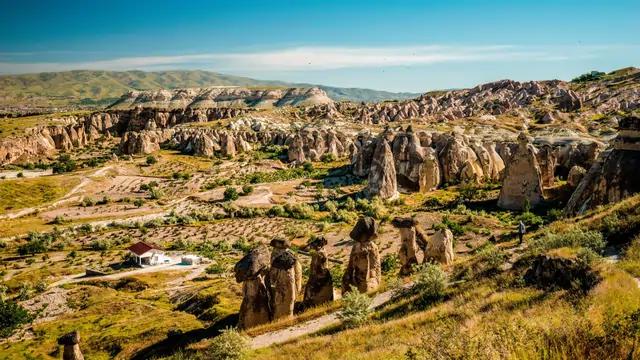








Cappadocia
Best Rate Guarantee
Get the lowest price for your experience.
Ephesus (Kusadasi)
Legendary stories of Ephesus await you!
Step into the heart of Ephesus Ancient City surrounded by marvels. Explore Library of Celsius and more to relive the glory of Greco-Roman era.
Don’t just visit history, experience it with us. Book your tour now!



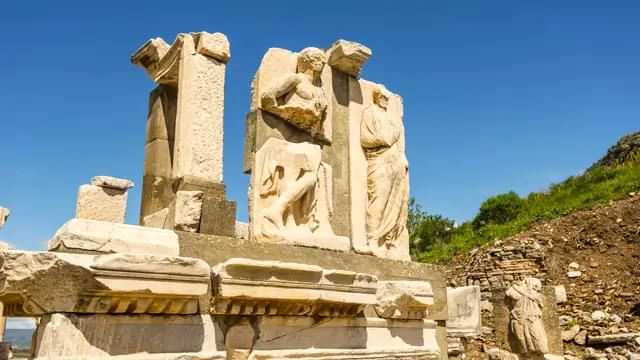







Total Booking

Gateway to Roman Empire
You can embark on an exciting trip to Ephesus whether from Kusadasi port or any other terminal. Discover the magical atmosphere of this ancient city.
Ephesus (Kusadasi)
No Booking Fee
Book directly with no hidden charges.
Tailor Made Turkey Tour
Shape your Turkey experience to your unique interests and pace with our fully customizable private tours, offering seamless travel across the country’s most higlighted destinations.
Why to choose tailor made?
- Fully customizable itineraries
- Exclusive, personalized service
- Flexibility to adjust plans on the go

Why Book with Us!
Personalized Experience
Customize the itinerary to your specific interests and pace.
Flexibility and Comfort
Adjust plans on the go and enjoy private guide & transportation.
Avoiding Crowds and Time Constraints
Skip the crowds and explore Turkey without strict schedules.
Exclusive Attention
Receive dedicated focus from your personal guide, ensuring a richer experience.
Personalized Experience
Tailor the itinerary to your specific interests and pace.
Flexibility and Comfort
Adjust plans freely and enjoy private transportation.
Avoiding Crowds and Time Constraints
Skip the crowds and explore without strict schedules.
Exclusive Attention
Receive dedicated focus from your guide, ensuring a richer experience.








Dental and Medical Work Inquiry
High standard services are offered in many fields such as hair transplantation and treatments, plastic surgery, dental aesthetics and treatments, medical aesthetics, longevity, healthy nutrition and weight loss practices.













